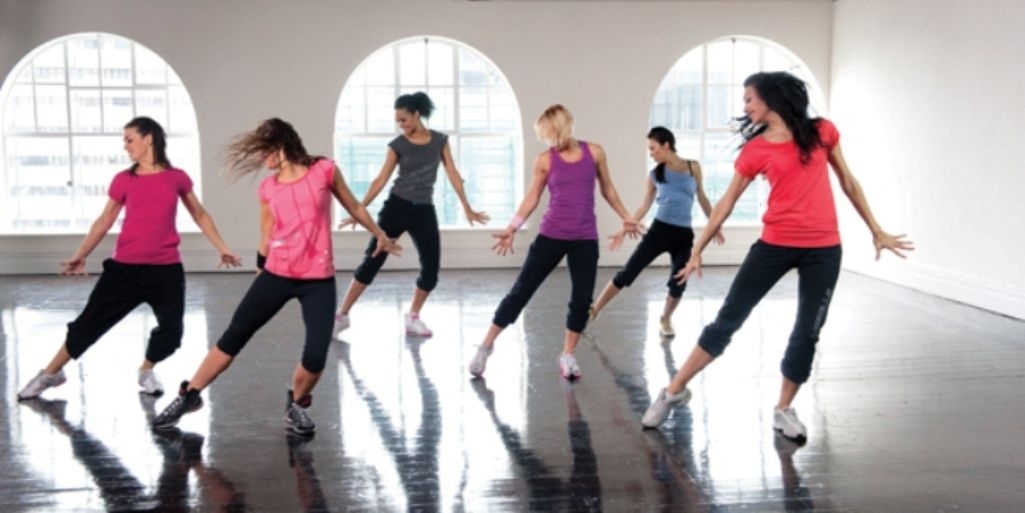Introduction
Dance Classes for Students with Autism can have a profound impact on their physical, emotional, and social well-being. Dance is a form of expression that transcends language barriers and allows individuals to communicate their feelings and emotions through movement. It provides a creative outlet for individuals with autism to express themselves and connect with others in a non-verbal way. In this blog, we will explore the benefits of dance classes for students with autism and provide tips for teaching dance to this unique population.
Benefits of Dance Classes for Students with Autism
One of the key benefits of dance classes for students with autism is the opportunity for sensory integration and motor skill development. The rhythmic movements and music in dance classes can help individuals with autism regulate their sensory experiences and improve their coordination and body awareness. Additionally, dance classes provide a structured and predictable environment that can help individuals with autism feel safe and secure.
Tips for Teaching Dance to Students with Autism
When teaching dance to students with autism, it is important to use clear and concise instructions, visual cues, and repetition to help them learn and retain new movements. It is also important to be patient and flexible, as individuals with autism may have different learning styles and preferences. Creating a supportive and inclusive environment where students feel accepted and valued is key to their success in dance classes.
Creating an Inclusive Dance Environment
To create an inclusive dance environment for students with autism, it is important to provide individualized support and accommodations to meet their unique needs. This may include modifying movements, providing sensory breaks, or using visual schedules to help students navigate the class. Building positive relationships with students and fostering a sense of belonging and acceptance are essential components of creating an inclusive dance environment.
Success Stories from Dance Classes for Students with Autism
There are many success stories of students with autism who have thrived in dance classes and discovered a newfound sense of confidence and self-expression. Through dance, students with autism have been able to improve their social skills, build relationships with peers, and develop a greater sense of self-esteem. These success stories highlight the transformative power of dance for individuals with autism.
Resources for Further Support
For further support and resources on dance classes for students with autism, there are a variety of organizations and programs that specialize in providing inclusive dance opportunities. Organizations such as Dance/Movement Therapy for Autism and the National Autism Association offer resources, training, and support for individuals with autism and their families. These resources can help enhance the quality of dance programs and promote the inclusion of individuals with autism in the dance community.

